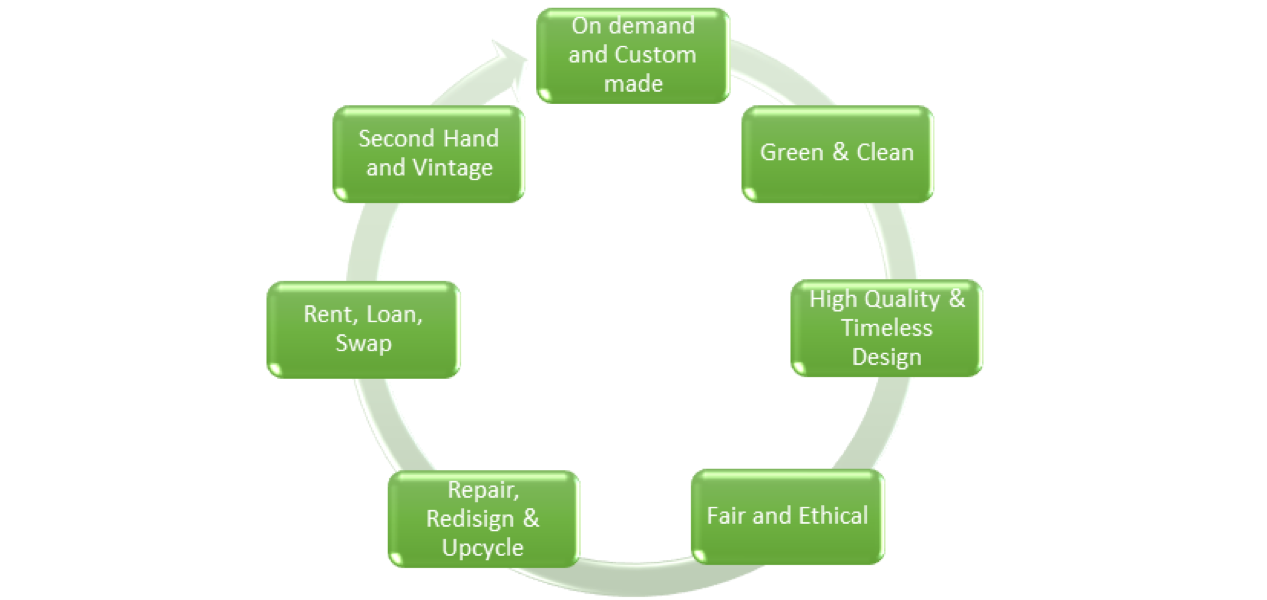The word “sustainable” should be used very carefully in relation to the fashion industry, which by definition relies on fast and constant consumption in vast amounts, stimulating overproduction. Therefore, a better term may be somewhat sustainable fashion.
In the last decades, more and more fashion houses are trying really hard to escape from the fast fashion destiny by creating a cleaner and greener manufacturing processes and by spreading information about the greener fashion idea among their customers to make them think twice when in need of something new.
Among the green idea’s bearers are some celebrities like: Emma Watson, Stella McCartney, Michelle Obama, Jessica Alba and Pharrell Williams, who are promoting fair trade and ethical standards in the fashion industry and others, like Drew Barrymore, Julia Roberts, Zac Efron and (of course ?) Macklemore, who love to shop vintage and second-hand clothes. This may be the best way to communicate with people about sustainable fashion.
And speaking of sustainable practices in the fashion industry, we are finding that there are а few ways to produce, take care of and recycle fashion products. The whole process of sustainable fashion is a mix of producer and customer practices.

The process is as follows: producing the new garment (1) on demand or custom-made (including made-to-order, tailor-made and DIY) (2) in a green and clean from pesticides, chemicals, and plastics area. The products also should (3) be made with the right and timeless design and high quality to keep up with the fashion trends and time; (4) considerate various fair trade and ethical aspects, which include traditional production, artisan crafts and animal rights. The next step of this somewhat sustainable fashion industry is (5) repairing, redesigning and upcycling the old products. And when the product is no longer used, it has to be (6) handed into a second-hand shop, donated to charity or passed on to a friend or relative. The final phase is after the garment is completely worn out, when (7) one returns it to a textiles collection point and from that moment on it can be reused for the manufacturing of new fashionable things.
Ideally and instead of following that long process, one could save money and effort by getting “new” things for the wardrobe by renting, borrowing, swapping clothes or buying second hand products, which can be found in a huge variety at Remixshop.com.